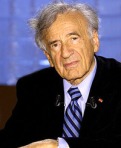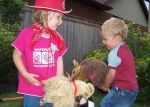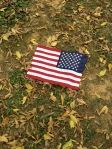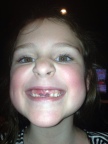I just finished reading Wallace Stegner’s 1971 Pulitzer Prize winning novel, Angle of Repose. I so enjoyed. Others did as well as it was voted one of the top 100 novels about the West by the San Francisco Chronicle. 
This book takes place in various early mining communities of the late 1800’s. The main character is a displaced Victorian artist and Easterner, Sarah Ward, an educated artist who married a mining engineer and unwillingly moved out west from mining camp to mining camp in support of his career.
Stegner’s novel is based on the letters of artist, Mary Hallock Foote, who married an engineer and lived and wrote of early Western mining life. Foote was an accomplished artist, illustrator, and writer whose works appeared in many magazines of the day, including the Atlantic Monthly. Stegner quoted from 35 of her over original 500 letters and sketches in the mountains around Colorado, Idaho, and California to create the voice of Sara Ward.
An excerpt that really spoke to me was Stegner’s description of the silence of Sara’s surroundings: and outside the silent, house, the silent moon-whited mountains, the vacant moon-faded sky. No cry of bird or animal, no rattle of hoofs among stones, no movement except the ghostly flash along the surface of the river, no noise except the mutter of water as muted as ruminations.
Stegner goes on to contrast Sara’s silent environment to that of the 1970’s: 1970 knows nothing about isolation and nothing about silence. I so agree: In our quietest and loneliest hour we have continual background noises vying for our attention. Even the hum of fluorescent lights invade our silence without our even knowing it.
What does silence do for a writer? I write best when background noises create isolation from the concerns of daily life which tug at me. Actually, one of my favorite places to write is in the car on long trips with my husband. When we run out of interesting things to chat about – which doesn’t take long on some trips – the hum of the road invites my brain to engage in random thoughts that soon burst into a whole.
I have to jot these ideas down else I forget them when life intercedes. I’ve actually written a rough draft of my next children’s book on my iPhone as we traveled down the highway.
What about you? Where do you create best? How does silence play into your creativity?









